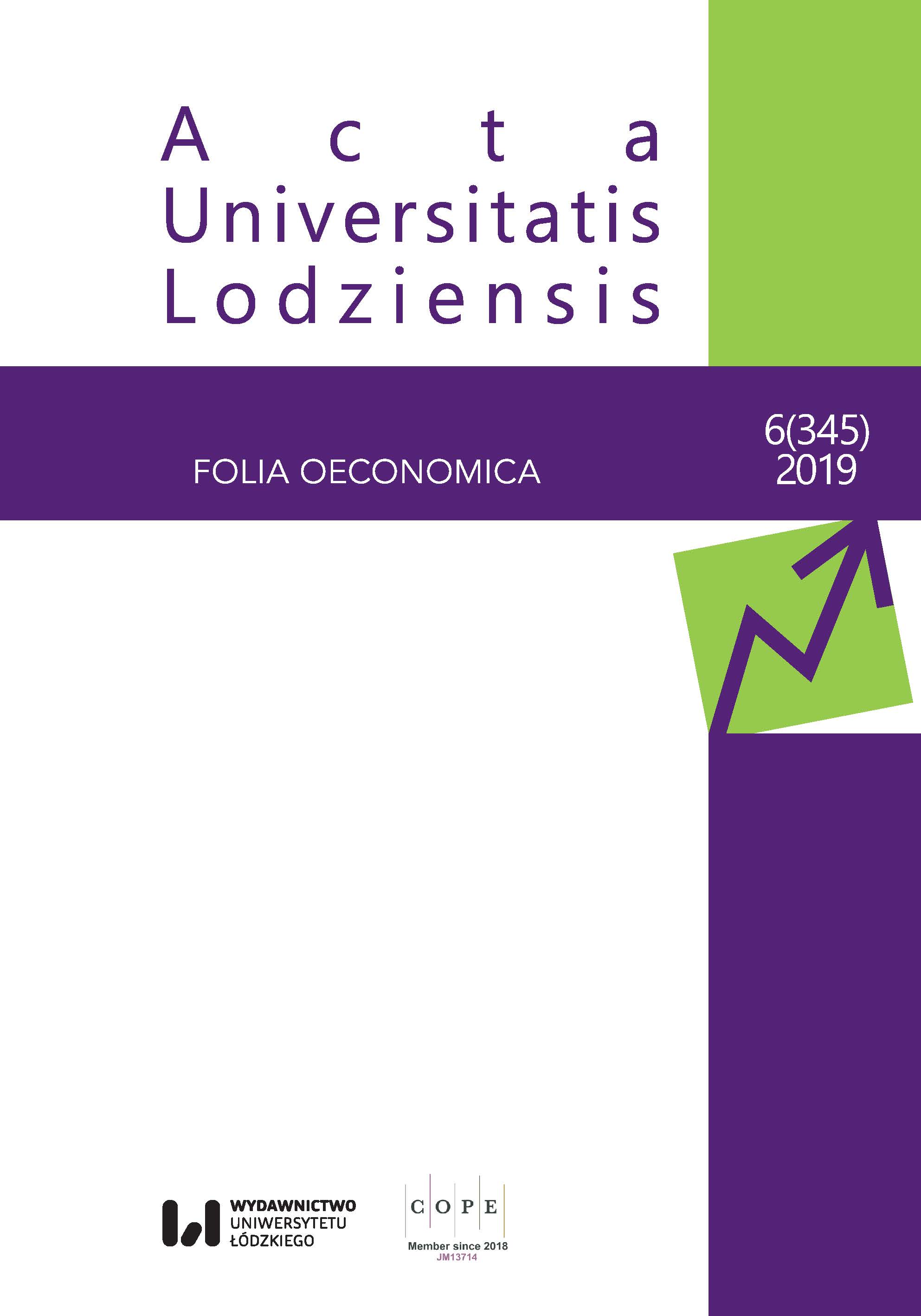Environmental Justice in the Context of Urban Green Space Availability
Environmental Justice in the Context of Urban Green Space Availability
Author(s): Karolina KoprowskaSubject(s): Architecture, Energy and Environmental Studies
Published by: Wydawnictwo Uniwersytetu Łódzkiego
Keywords: spatial planning;spatial economics;environmental equity;spatial justice
Summary/Abstract: Environmental justice is a term that includes both exposure to environmental ‘bads’ as well as access to environmental ‘goods’ which might be unequally experienced by different socio‑economic groups. In other words, environmental justice scholars study whether everybody can have an equal right to a healthy, nurturing environment which supports their development and well‑being. The environmental justice movement arose in response to the so‑called ‘environmental racism’ in the USA which affected communities of blue‑collar workers, people with lower income and of Afro‑American, Asian, Latin or native origins. Although initially environmental (in)justice was rooted in racial discrimination in the USA, nowadays it encompasses a wider range of issues, including problems at the local and global level, from degradation and pollution of natural resources to aspects related to spatial planning. Unequal access to environmental amenities – such as green spaces – was not the main focus of the discourse, however, it is gaining attention nowadays, especially in the context of urban environment. Urban green spaces influence health and well‑being of urban residents, but access to them can be uneven in terms of socio‑spatial heterogeneity. Growing challenges of living in cities, related to, among others, climate change, densification or sprawling of developments, urban heat islands, and other nuisances, require sustainable management of green spaces and provision of equal (socially just) access to benefits provided by these areas. Moreover, another important aspect of the discussion is linked to potentially beneficial planning decisions (e.g. increasing availability of urban green spaces) and their long‑term consequences, which may eventually lead to gentrification and increased social inequalities (environmental injustice). Complexity of the problem related to availability of green spaces in cities needs an interdisciplinary approach which combines ecological, spatial and socio‑economic aspects. The article reviews the current state‑of‑the‑art literature in the field of environmental justice, with particular emphasis on green space availability in the context of urban environment.
Journal: Acta Universitatis Lodziensis. Folia Oeconomica
- Issue Year: 6/2019
- Issue No: 345
- Page Range: 141-161
- Page Count: 21
- Language: English

